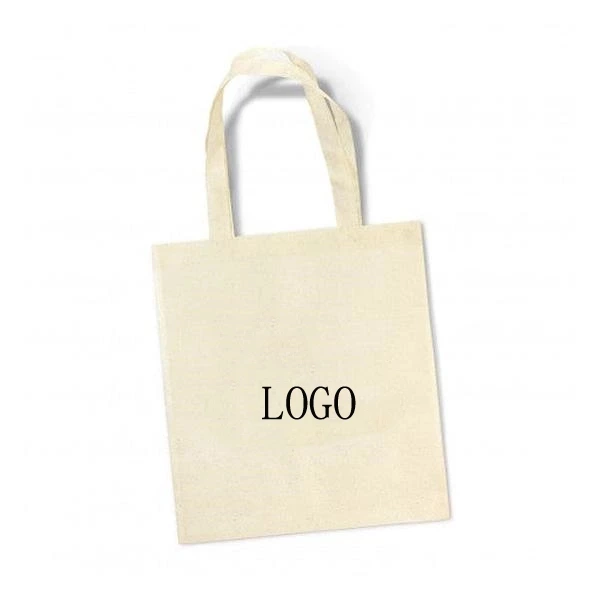What Is Nonwoven Fabric?
The exact name of Non-woven Shopping Bag should be non-woven fabric, or non-woven fabric. Because it is a fabric that does not require spinning and weaving, it only orients or randomly supports textile staple fibers or filaments to form a fiber mesh structure, and then uses mechanical, thermal bonding or chemical methods to reinforce it. Non-woven fabrics break through the traditional textile principles and have the characteristics of short process flow, fast production speed, high output, low cost, wide application, and multiple sources of raw materials.
Advantages and disadvantages of non-woven fabrics:
Non-woven fabrics have many advantages: 1) Breathability 2) Filterability 3) Heat preservation 4) Water absorption 5) Waterproof 6) Stretchability 7) Not messy 8) Good hand feel and soft 9) Light 10) Elastic and recoverable 11) No directionality of fabric 12) High productivity and fast production speed compared with textile fabrics 13) Low price and mass production, etc.
The disadvantages are: 1) Poor strength and durability compared to woven fabrics 2) Cannot be washed like other fabrics 3) Fibers are arranged in a certain direction, so they are easy to split at right angles, etc. Therefore, recent improvements in production methods are mainly focused on improving the prevention of splitting.
Its main uses can be roughly divided into:
(1) Medical and sanitary non-woven fabrics: surgical gowns, protective clothing, disinfection wraps, masks, diapers, civilian rags, wipes, wet face towels, magic towels, soft towel rolls, beauty products, sanitary napkins, sanitary pads, and disposable sanitary cloths, etc.;
(2) Garden decoration non-woven fabrics: wall coverings, tablecloths, bed sheets, bedspreads, etc.;
(3) Clothing non-woven fabrics: linings, adhesive interlinings, flakes, shaping cotton, various synthetic leather base fabrics, etc.;
(4) Industrial non-woven fabrics: filter materials, insulation materials, cement packaging bags, geotextiles, covering fabrics, etc.;
(5) Agricultural non-woven fabrics: crop protection fabrics, seedling cloths, irrigation fabrics, thermal insulation curtains, etc.;
(6) Other non-woven fabrics: space cotton, thermal insulation and sound insulation materials, oil-absorbing felt, cigarette filters, tea bags, etc.
